As many of you already know, Western Disturbance has significantly altered the weather patterns across India. This has had a visible impact not just on the environment, but also on our plants. Dragon fruit farming is rapidly growing in India, but the continuous and unpredictable weather shifts have made things difficult for both new and experienced farmers. In this blog, I’ll talk about the Effect of Climate Change on Dragon Fruit Growth Time, how changing weather patterns are affecting our plants dragon fruit plant problems, and what we can do to adapt.
Changing Weather and Its Impact on Dragon Fruit Farming
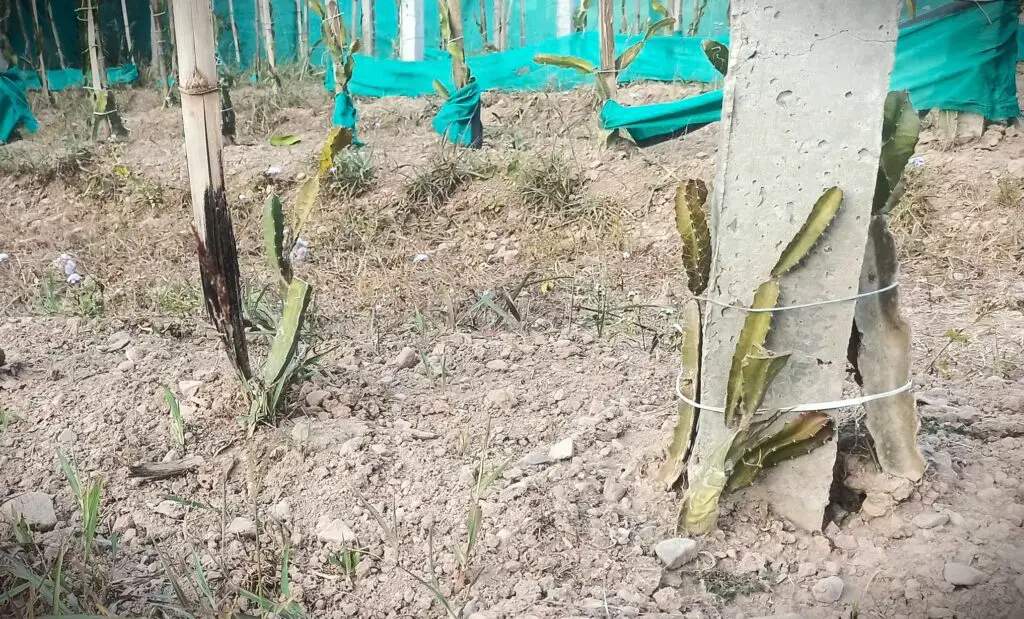
In recent years, dragon fruit farming has expanded in India. As many of you know, it’s a tropical cactus that thrives in moderate temperatures. But lately, dragon fruit plant problems have been affected, especially in regions like Haryana, Punjab, Uttar Pradesh, Uttarakhand, and the lower areas of Himachal Pradesh.
With rising heat and shorter winters, we’re seeing some very real consequences. Let’s explore why this is happening.
Causes Behind the Changing Climate in India
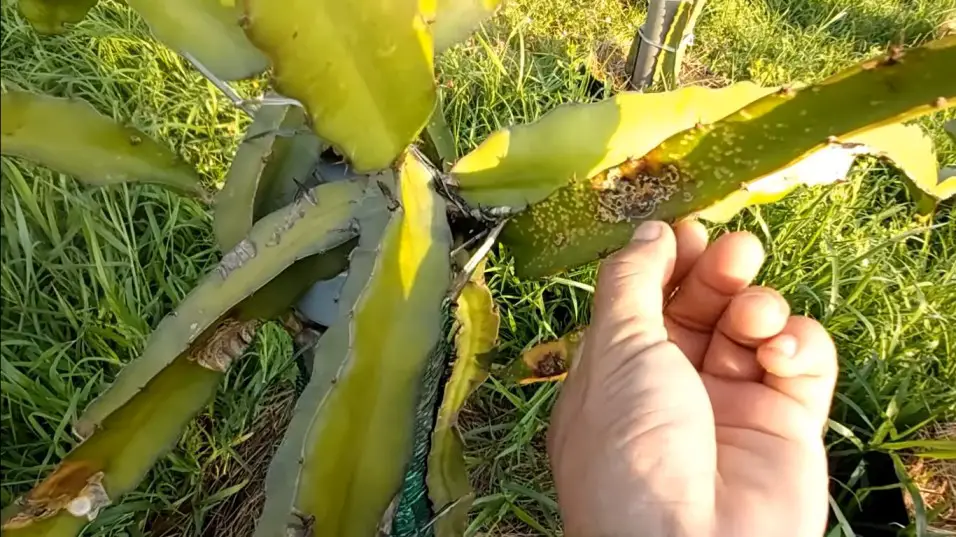
1. Western Disturbance
Every year, the Western Disturbance brings disturbed winds, rain, and even disturbed weather to North India. But this time, it wasn’t as active, so winter ended early, and summer came faster.
2. Climate Change
There’s no denying it—global warming is increasing Earth’s temperature. As a result, dragon fruit plant problems are growing, winter is shrinking, and summer is creeping in earlier than usual.
3. Weaker Cold Winds from the Himalayas
Cold winds from the Himalayas usually keep the temperature down. This year, they weakened quickly, and hot winds from the south took over. This led to irregular heat patterns.
4. Lack of Rainfall and Snow
Low rainfall in Jan-Feb meant less cooling of the environment. Normally, snow in the mountains extends the cold season, but this year, it barely happened.
5. Pollution and Urbanization
Cities are heating up faster due to pollution, construction, and deforestation. These are all contributing to rising temperatures.
6. Warmer Oceans
High sea temperatures in the Indian Ocean and Bay of Bengal also influence India’s weather. This year, warm air from the ocean disrupted the usual seasonal balance.
Visible Impacts dragon fruit plant problems
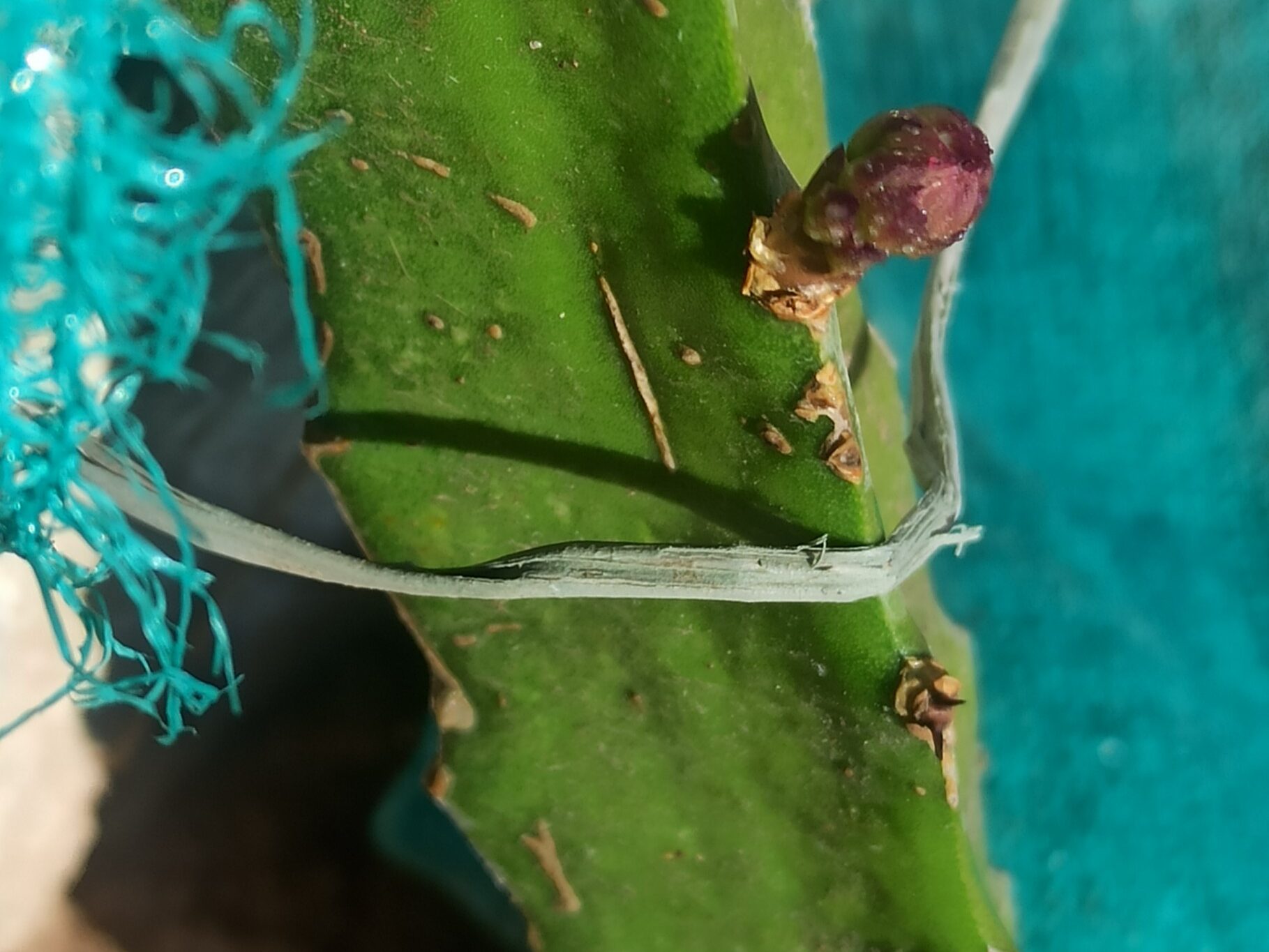
1. Heat Stress in March
Ideally, dragon fruit growth time starts with plantation in the last week of February or early March. This allows the plant to establish itself before May-June’s peak heat. But now, with March already scorching, young plants turn yellow and even start burning.
This wasn’t the case before. I plant in March so the crop can grow a bit before the high summer heat, but now the plants don’t grow—they shrivel. Many new farmers don’t know how to respond, which dragon fruit plant problems.
2. Delayed Rain Hurts Flowers and Fruits
Because of change in winds or Western issues, flowering is delayed. Even when flowers appear, they aren’t fully developed. Later, unexpected rain brings too much moisture, which affects pollination, causing fewer fruits.
3. Extreme Heat Leads to Plant Stress
Here in Himachal Pradesh, where our farm is located, we recorded a scorching 42°C this summer. Rainfall was also low, and winter sun was harsh. Such extreme conditions leave plants stressed for long periods. And by the time they recover, it’s often too late.
New farmers often realize this too late—that the dragon fruit plant problems are deeply affected by stress, and managing stressed plants is tricky.
4. Unexpected Flowering in Winters
Normally, dragon fruit plants enter a dormant stage in winter. But this January, we saw flower buds forming—an unusual sign of nature reacting to a confused climate.
5. Disease Risk from Wrong-Time Rain and Cold
Sudden rain or chill stresses plants and makes them more prone to fungus and diseases. In open fields, where control is limited, dragon fruit becomes vulnerable when it starts yellowing. Rain targets these weak spots.
Strategies to Tackle Climate Change for Dragon Fruit
1. Shading Solutions
Open-field dragon fruit farming is getting risky. Based on our trials in Himachal, green shade net has helped us create a more stable microclimate.
Specifications:
- Color: Green, White
- GSM: 110+
- Shading: 40–50%
2. Use of Plant Tonics
Due to stress, plant growth suffers. So we use tonics in spray form:
- Sagarika Seaweed Liquid
- Bio Vita Seaweed Growth Promoter
- NPK 19-19-19 (fully water-soluble)
Sagarika is affordable, but Bio Vita gives better results. These seaweed-based products provide full nutrition and reduce stress. When plants are already stressed, we use Green Miracle, which helps heal sunburn and boosts recovery.
3. Kaolin Clay for Temperature Protection
Kaolin Clay, also known as China Clay, forms a thin white layer on plants, acting as insulation. It reduces the direct impact of extreme weather, keeping the plant safe from both heat and cold.
4. Water Management
Proper water management is essential. In summer, reduce watering; in winter, slightly increase it based on need. This requires careful observation and experience.
5. Organic Fertilizers
Inorganic fertilizers like urea or DAP release heat and reduce microbial activity in the soil. We prefer organic options—they improve soil quality and support healthier plants.
6. Mulching
Mulching retains moisture in the soil, promotes healthy bacteria, and reduces water usage. It’s been a very effective method for us.
Real-Life Observations from Our Farm
Despite all the challenges, we’ve managed to keep our plants healthy with a combination of shade, tonics, mulching, and careful observation. But the worry remains: what will future seasons bring?
Climate is clearly shifting, and dragon fruit farming, while promising, now demands smarter planning and resilience.
Got questions or ideas? Drop a comment—we’re all learning together.
FAQ
Q1- What is the best time to plant dragon fruit in North India?
Ans- The best time is the last week of February to early March. It gives the plant a head starts before the summer heat kicks in.
Q2- How much water does a dragon fruit plant need?
Ans- Not too much! During summer, water lightly but regularly. In winter, you might need to water a bit more. It’s all about your judgement touch or feel the soil — so if it’s dry, just water it.
Q3- Can dragon fruit survive extreme heat or cold?
Ans- Not really. It likes moderate weather. Too much heat can burn the plant, and too much cold can stop its growth.
Q4- Why are my dragon fruit plants turning yellow?
Ans- Most likely, it’s stress. Could be heat, overwatering, or even poor soil. A balanced tonic can help recover.
Q5- How long does it take to get fruit after planting?
Ans- If you plant in March, you can expect fruits by July next year — if everything goes well.
Q6- What is the ideal temperature range for dragon fruit to grow?
Ans- Between 20°C and 35°C is ideal. Anything above or below starts affecting the plant’s health.
Q7- Is shade net necessary for dragon fruit farming?
Ans- If your region gets too hot or dry, yes. A 40–50% green shade net can really help the plants stay cool.
Q8- What can I use to reduce stress in dragon fruit plants?
Ans- Seaweed-based tonics like Bio Vita or Sagarika, mixed with NPK (19-19-19), help a lot. Also, kaolin clay spray is a great heat protector.
Q9- Why are my flowers falling off before fruit sets?
Ans- Usually because of late or untimely rain. When flowers get too much moisture or heat during pollination, they drop.
Q10- Can I do dragon fruit farming organically?
Ans- Yes, definitely. Use organic compost, seaweed tonics, and mulching. Avoid chemical fertilizers if possible — plants stay healthier in the long run.
If you have any question regarding the same, you can drop a comment down below.
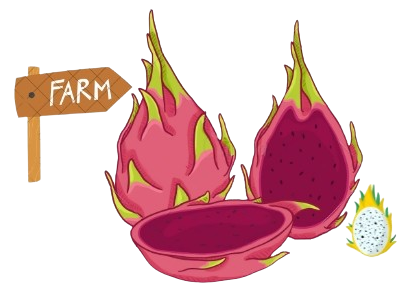
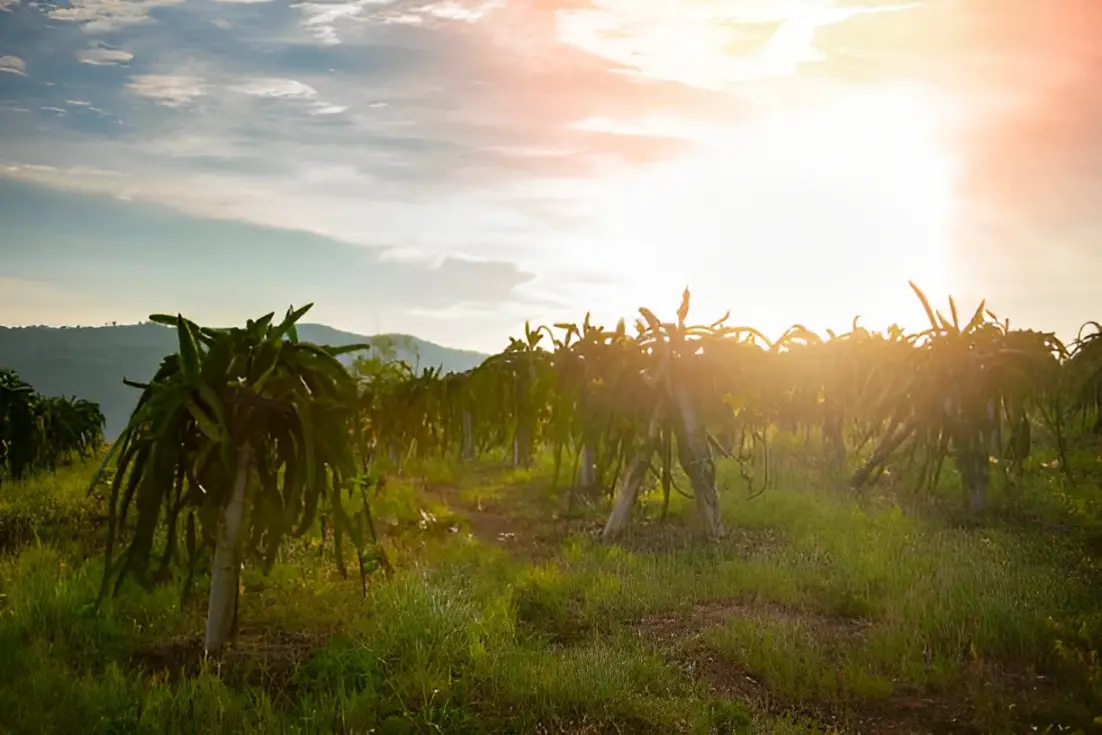
2 thoughts on “Effect of Climate Change on Dragon Fruit Growth Time”